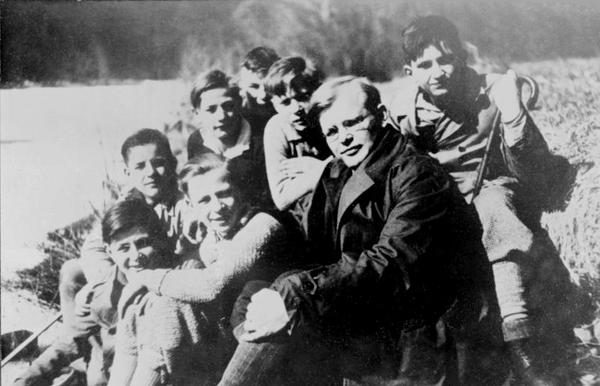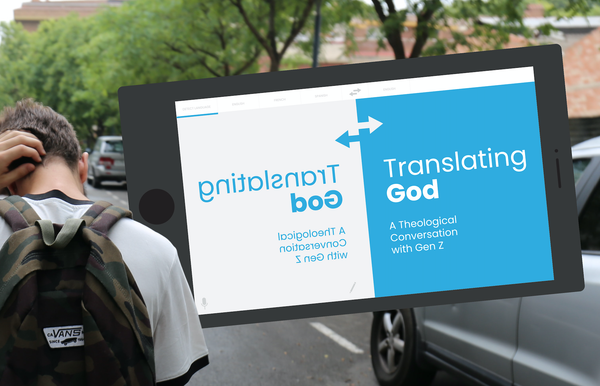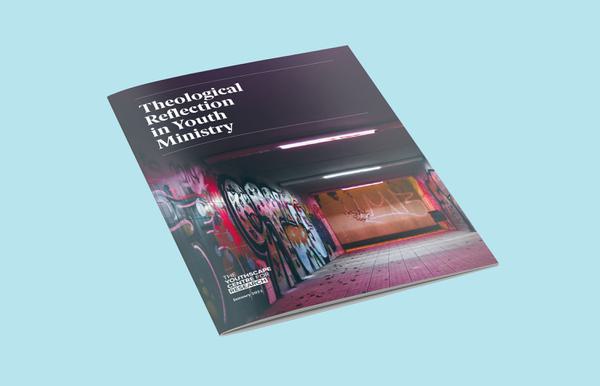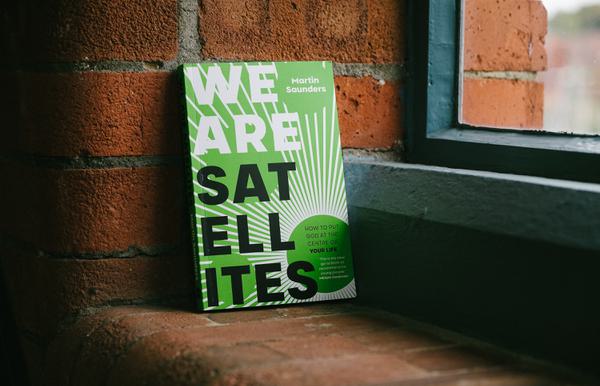Guest blogger Nathan Wheeler makes a case for broadening our theological framing of the world if we want deeper, richer discipleship journeys with the young people we serve.
At times it can seem as though youth ministry is in a crumbling temple. It’s as if we’re in some adventure movie, attempting to hold open the last remaining way out. We expend energy, time and resources, hoping that our efforts will help our young people come to know a lifelong faith in Christ, only to witness few discover the faith we had hoped, and many lose it all together.
There are numerous studies on why this is, and visions of how youth ministry can innovate a new way. For me personally, faith became rooted by discovering different theologies. So, as I’ve looked back on my own journey of encountering faith expressed and lived in unfamiliar ways I’ve wondered if we could develop our understanding of how we teach theology and what theology we teach. Could adopting a wider theological lens be part of creating a new way forward for youth ministry?
In the book, Way to Water, author L. Callid Keefe-Perry points us towards why this is so important. He highlights an article in Psychological Science about a research project where trained radiologists and untrained people were asked to look for white spots that were possibly cancerous on x-ray images of lungs. Within the image itself they also placed a small image of a gorilla. The article reveals that people were so hyper focused on what they were told to look for that 83 percent didn’t notice the gorilla. But eye-tracking software saw that 60 percent of those who said they had not seen the gorilla had in fact stared at it for longer than they had looked at the rest of the x-ray image. The co-author of the study pointed out that greater care needs to be taken when instructing professional researchers, because what they are told to look for will determine what they see. Keefe-Perry parlays this to theologians and pastors, saying
“I think that theologians and pastors should take Drew’s advice to heart. As the occupations to which many look for guidance in terms of how it is that we are to understand and see God in the world, it is vital that we be aware that the language and advice we disseminate can alter perception. No matter how well trained and open to seeing the surprising Other of God at work, theologians will not be able to catch all the details. None of us can. Luckily though, we each possess the means to see, hear, and speak truth, so hopefully between us all we’ll be able to catch some glimpse of our gorilla God, hiding there the whole time but previously unseen”[i]
What do others see, hear? What truth do they hold that could evoke, transform, keep the crumbling temple walls open a little while longer for young people who are still trying to find a faith of their own.
In my book, A Faith of Their Own: A Theological Field Guide for Youth Ministry I highlight some theological lenses that may be less well-known to us, and consider how they can help young people catch a glimpse of God they may have not been able to see otherwise.
For instance, a womanist perspective could help you talk about the idea of loving oneself as a redemptive practice. Black women have often had to find their own sense of beauty and worth despite their great suffering, and “Redemptive self-love emphasizes that irrespective of what others say, do, or how they are treated, black women will commit to love themselves…”[ii]
Another example might be to use a Liberation theology perspective to address how and why the Church has harmed many people. In the book Jesus of the East: Reclaiming the Gospel for the Wounded, we learn that, at one time, some churches in the United States were built in hush harbors to provide safety to enslaved people. How then could we look at the space we meet in as a place that heals rather than harms. Can it become a space that offers safety to victims and accountability and redemption to perpetuators? What would be different in our worship, liturgy, language, decorations, even the design of our spaces if we took this to heart?
Lastly, if it is true that fewer young people seem to care about Christian doctrine, perhaps we could learn something from Theopoetics, where experiences of music, art, poetry, nature, beauty, and awe become ways to encounter, see and know God.
These are just a few examples of different theological lenses that could be explored with young people, expanding their, and our, experiences of church and God. It's my prayer that our youth ministries will not become factories of unbelief, where teenagers come out the other side as carbon copies of their youth leaders—or worse, are spat out into a world they can’t understand and navigate with the faith they were given, so they leave it behind. Instead, we could develop curriculum and resources that expand the theology taught and experienced in our ministries, helping young people find a faith of their own, one that might just last beyond high school.
[i] L. Callid Keefe-Perry, Way to Water: A Theological Primer (Eugene, OR: Cascade Books, 2014), 180.
[ii] Irie Session, “Womanist Tenets: Preaching and Pedagogy with Marginalized Women.” Dream Big Coaching and Consulting. August 13, 2017. https://www.dririe.com/blog/womanist-tenets-preaching-and-pedagogy-with-marginalized-women. Excerpted from Irie Lynee Session, Murdered Souls, Resurrected Lives (Charleston, SC: CreateSpace Independent Publishing Platform, 2015).
Nathan is the coordinator of youth and young adult ministries for the Discipleship Ministry Team of the Cumberland Presbyterian Church and the author of A Faith of Their Own: A Theological Field Guide for Youth Ministry and Making Love: An Exploration of the Greatest Commandment. Besides ministry, Nathan creates music you can listen to on Bandcamp or Spotify. Nathan lives in Memphis, TN with his wife Marissa and their dog Lucky.
You can find Nathan’s book at The Youth Cartel, Amazon, or Novel.











